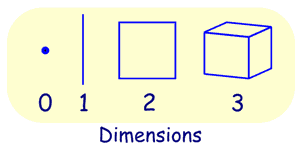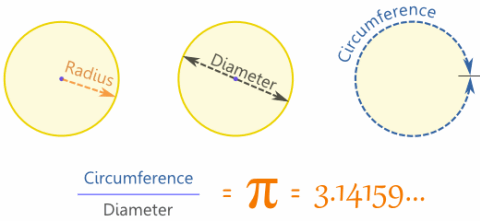

Intro to geometry
http://www.mathsisfun.com/geometry/plane-geometry.htmlArea of a Rectangle
 | The Area is the width times the height:
Area = w × h
|
Example: A rectangle is 6 m wide and 3 m high, what is its Area?
Area = 6 m × 3 m = 18 m2
Perimeter of a Rectangle
The Perimeter is the distance around the edges.
 | The Perimeter is 2 times the (width + height):
Perimeter = 2(w+h)
|
Example: A rectangle has a width of 12 cm, and a height of 5 cm, what is its Perimeter?
Perimeter = 2 × (12 cm + 5 cm) = 2 × 17 cm = 34 cm
Radius, Diameter and Circumference

The Diameter starts at one side of the circle, goes through the center and ends on the other side.
The Circumference is the distance around the edge of the circle.



